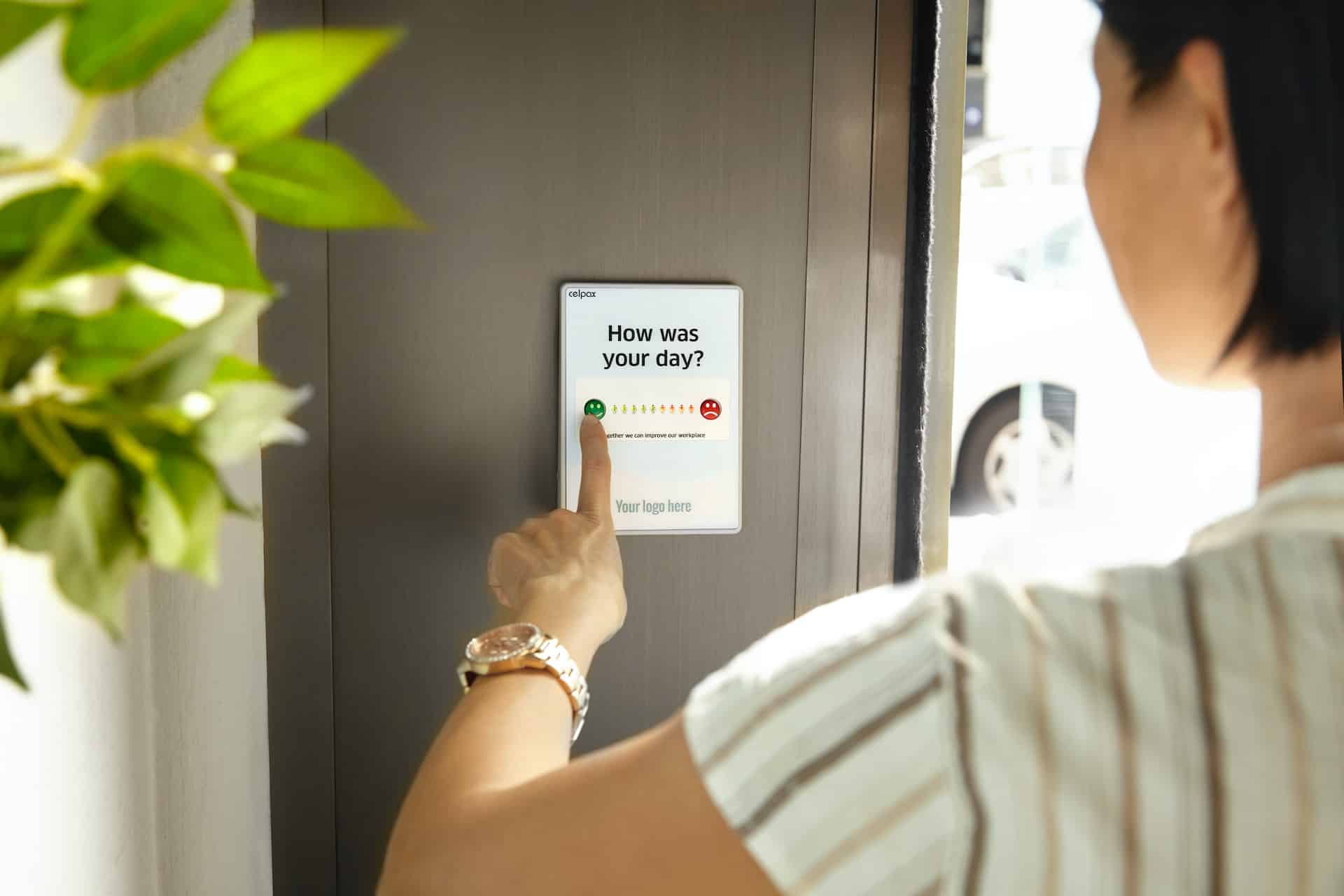Content is King. Isn’t it? You have probably heard this Bill Gates’ quote so many times and there is reason for this. The Microsoft founder was like an oracle saying “Content is where I expect much of the real money will be made on the Internet, just as it was in broadcasting” back in 1996.
And here we are 22 years later. Today, we create 2.5 quintillion bytes of digital data every day. If you wonder, the number looks like this – 2,500,000,000,000,000. In just one minute, Facebook users share 2,460,000 pieces of content, 347,000 Tweets are sent, 300 hours of video are uploaded on YouTube and so on. When it comes to blog posts and articles statistics say that more than 2 million blog posts are written and published on a daily basis.
Bottomline, we produce enormous amount of new content. It seems like marketers took pretty serious Bill Gates’ prophecy.
However, so deeply involved in this rat race you probably forget that there are plenty of old articles buried somewhere in your blog. These hidden gems are waiting for you to bring them up, shake them off the dust and turn them into high-traffic generators. You can also use your old articles for website conversion optimization.
So, let’s see how you can take an old piece of content and increase its traffic.
Table of Contents
Awake the Sleeping Beast
Stop for a minute. Before publishing your newest blog post, go to Google Analytics and check the traffic for the last couple of months. Pass the first 6-7 landing pages that bring you most traffic and focus on the following ones. Take a look at these that bring you mid or low amount of traffic, but constantly. Pick 3 or 4 of them and give them a chance. Remember, you are not going to succeed with each and every landing page, but it doesn’t mean you have to give up. If it doesn’t work try with another 3. Sooner or later the victory will come.
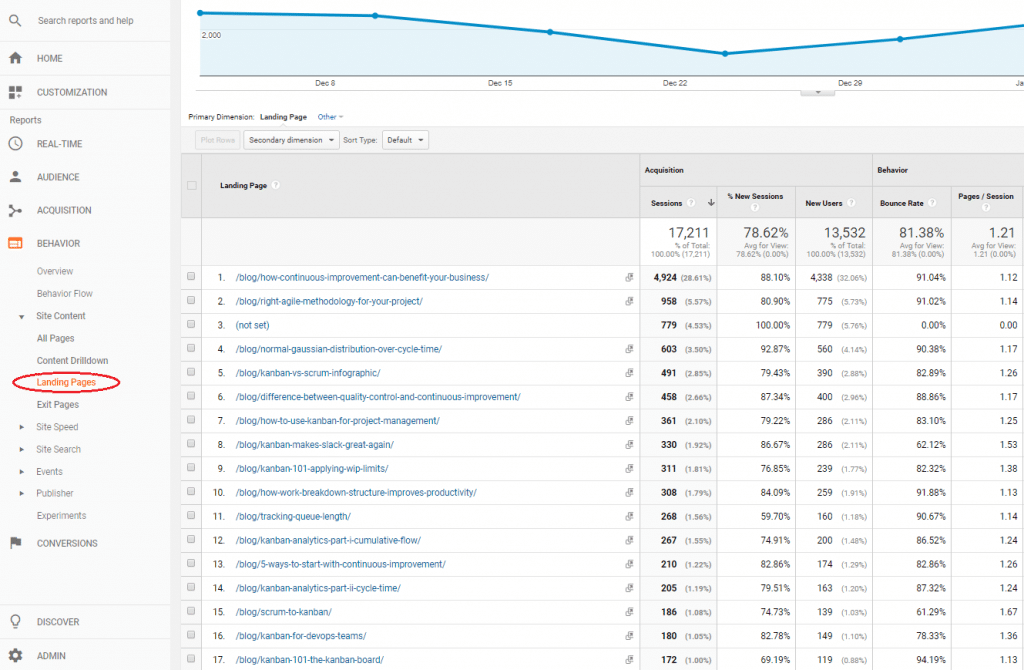
In our case, we went through a couple of pages and tried to identify the ones that have the most potential.
Discover & Analyze
You already chose the candidate. Now, you can use the Google Search Console in order to discover for which keywords you rank with this exact URL. Go to “Search traffic” → “Search analytics” → “Pages” → “Filter pages” and paste your page link.
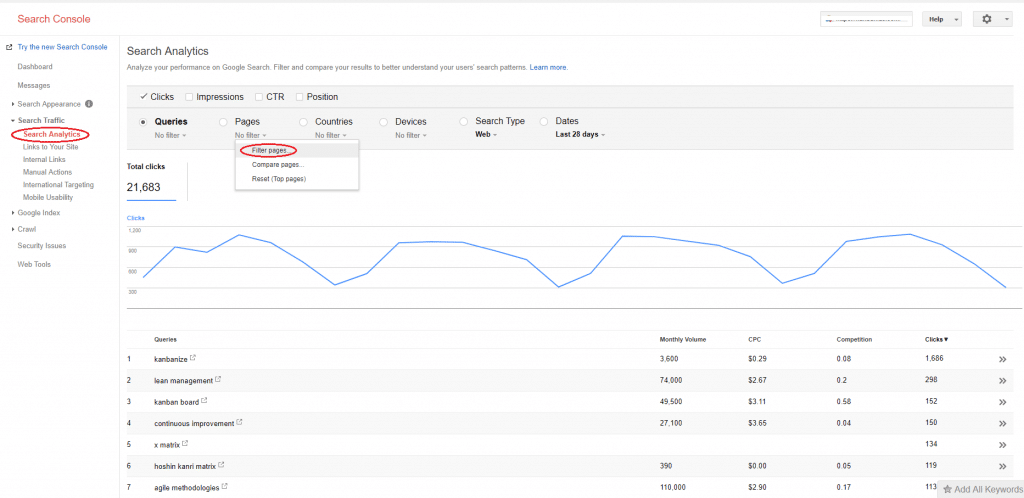
After doing this, the tool will show you a list of the keywords you rank for, the average position, CTR and so on. This picture will help you acquire a better understanding of your blog post potential.
Identify a keyword that doesn’t have extremely high monthly volume search. The high volume keywords are usually generic and it is really hard to compete for them. Plus most of them are occupied by Wikipedia articles. Ultimately you can look for a long tail keyword that has a volume search less than 500.
Then, try to incorporate the “chosen one” in your meta title and meta description. For example, instead of choosing a generic word such as “kanban” you can try with “kanban software tools”.
Enrich the article
The next step is pretty simple. Use the same list you generated in Google Search Console. Take every proper keyword that you rank for with an average position below 5th place and try to find a place for each in the body of your text. Of course, placing a keyword should make sense. If you don’t have such keywords take in to consideration lower positioned keywords. Things may vary depending on different situations. Pumping your blog post with various different search terms (related to a certain topic) will help you rank higher for as much search queries as possible. Respectively you will have greater chance to increase your traffic.
Before, you press update there are a couple of more things you can do.
Structure
Try to make a good structure of your article if it doesn’t have such and put some new things or update outdated information. As you probably know Google loves well structured articles so try to build a hierarchy. Also, have in mind that “lists” are very often favored by Google, so restructuring your old blog post into a “list” article may be a good idea as well.
Backlinks
Last, but not least you can try to steal backlinks from the other top ranking websites. For this purpose you can use a tool called Ahrefs. Go to “keywords explorer”, type the major keyword you rank for and hit enter.
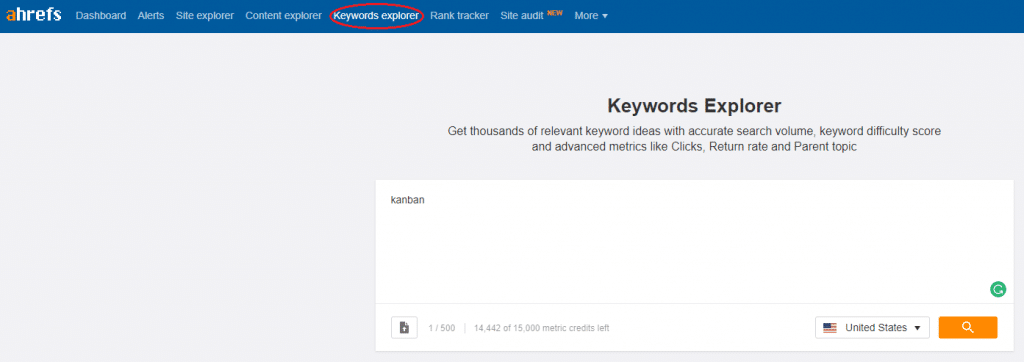
Then go to “phrase match” → “SERP”. Here you can see how many backlinks the top results have.
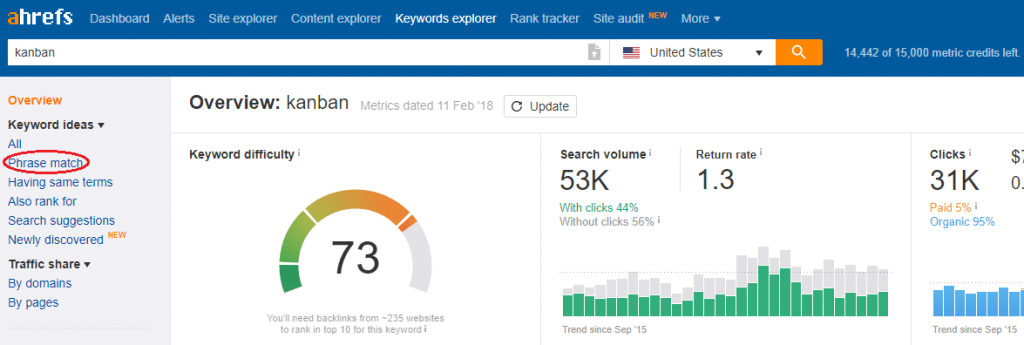
When you press the “domain” number a new window will open showing all the domains that are pointing to this exact website.
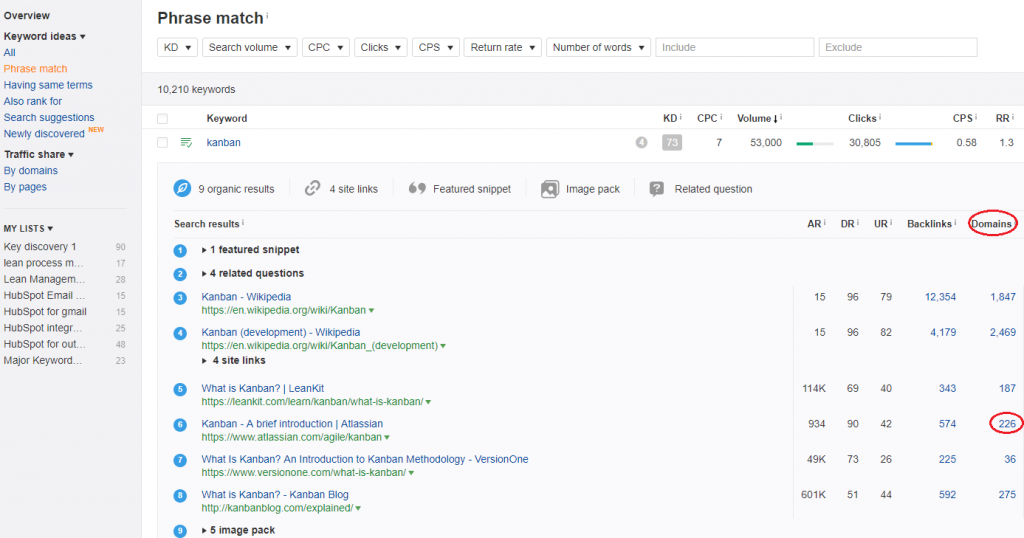
You can try to outreach as many as possible and earn some backlinks, which will also help you boost organic rankings. Be sure to review your entire site for website design fails so that you’re optimized to convert visitors into leads.
Long story short
We picked up an article related to a topic called agile methodologies and after going through all the steps mentioned above the results were more than impressive. The traffic to the specific blog post increased 10x.

Of course there is slight a chance that it won’t happen each and every time, but it is worth trying. You won’t lose a lot of time, however you can win tons of new traffic.
Now it is your turn.
 This article was contributed by Pavel Naydenov who is a digital marketing expert at Kanbanize, a modern Kanban software tool that helps teams increase their productivity and efficiency. Previously, Pavel worked at Nestle, AWMedia and others where he found his passion for online marketing. Currently, he authors in-depth articles in various topics, leads link-building projects and PPC campaigns. He is a big fan of cooking and rock music.
This article was contributed by Pavel Naydenov who is a digital marketing expert at Kanbanize, a modern Kanban software tool that helps teams increase their productivity and efficiency. Previously, Pavel worked at Nestle, AWMedia and others where he found his passion for online marketing. Currently, he authors in-depth articles in various topics, leads link-building projects and PPC campaigns. He is a big fan of cooking and rock music.



